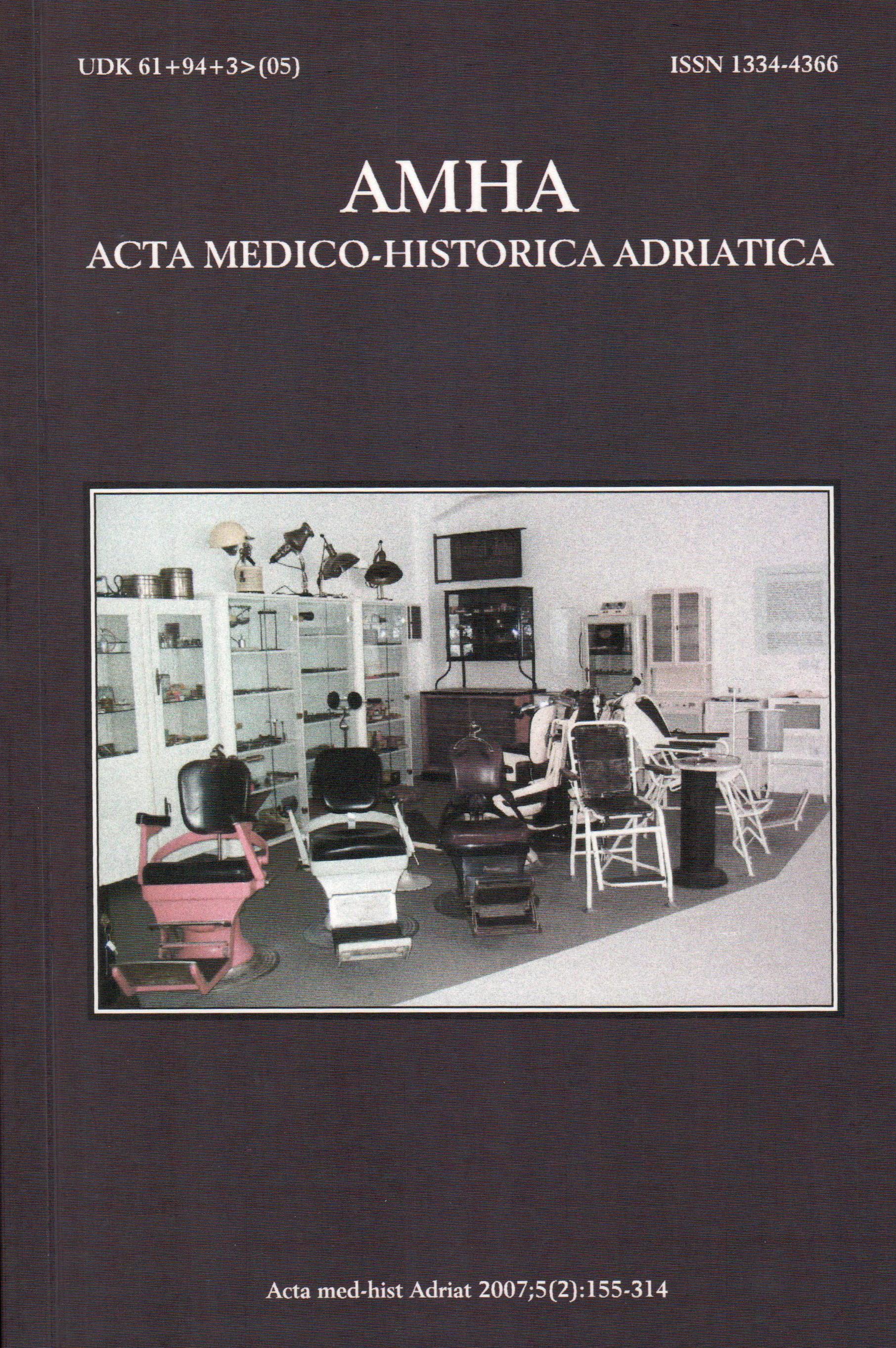PATHOGRAPHY OF LADY IMAKHETKHERRESNET, SISTER OF PRIEST IUFAA
Keywords:
pathography, bone and tooth diseases, neurilemmoma, Abusir, 26th dynas-ty, EgyptAbstract
Lady Imakhetkherresnet was buried at the age of 35-45 years in the southern corridor of a well preserved shaft tomb of priest Iufaa at Abusir (end 26th Dynasty, 625 BC). The tomb was excavated by the Czech Institute of Egyptology from 1994 to 2004. Morphometric, genetic and epigenetic features linked her by blood to Iufaa; epigraphic evidence concluded that she was his sister. Her pathography includes the usual tooth diseases, and early stage vertebral osteophytosis and degenerative osteoarthritis. She also suffered a spiral fracture of both right lower leg bones. A large smooth-walled cavity was found in her sacrum, moulded by the pressure of a relatively hard tissue mass. Its extent and lobulated form were first assessed macroscopically and then by standard radiography. CT sections revealed wide cavities extending from the spinal canal to both 2nd sacral foramina and to the left 3rd sacral body. A benign neurilemmoma was diagnosed by macroscopy and radiography, and confirmed by histology. This benign tumour is the first of its kind and localization to be identified in palaeopathology and in the history of medicine.


